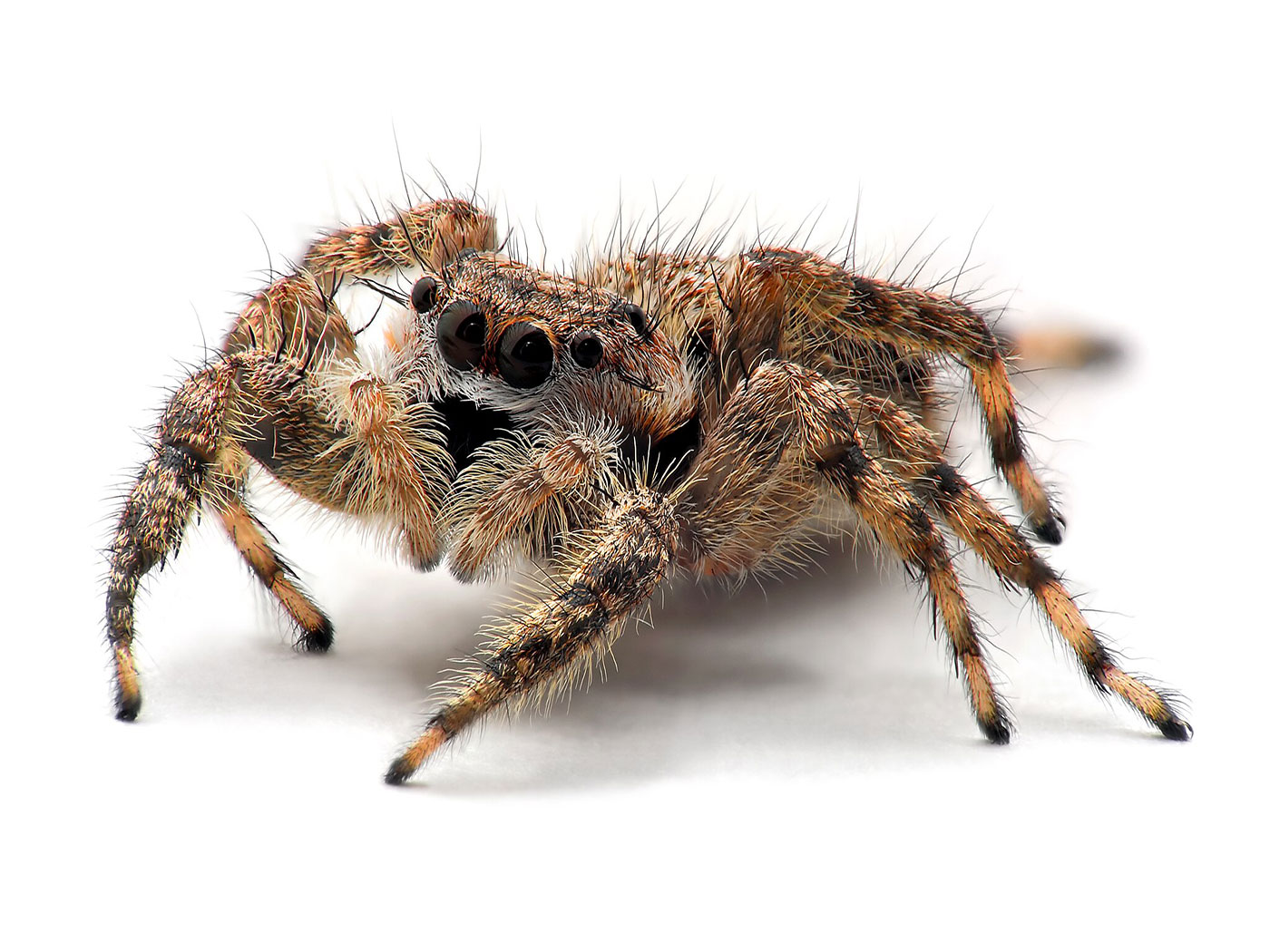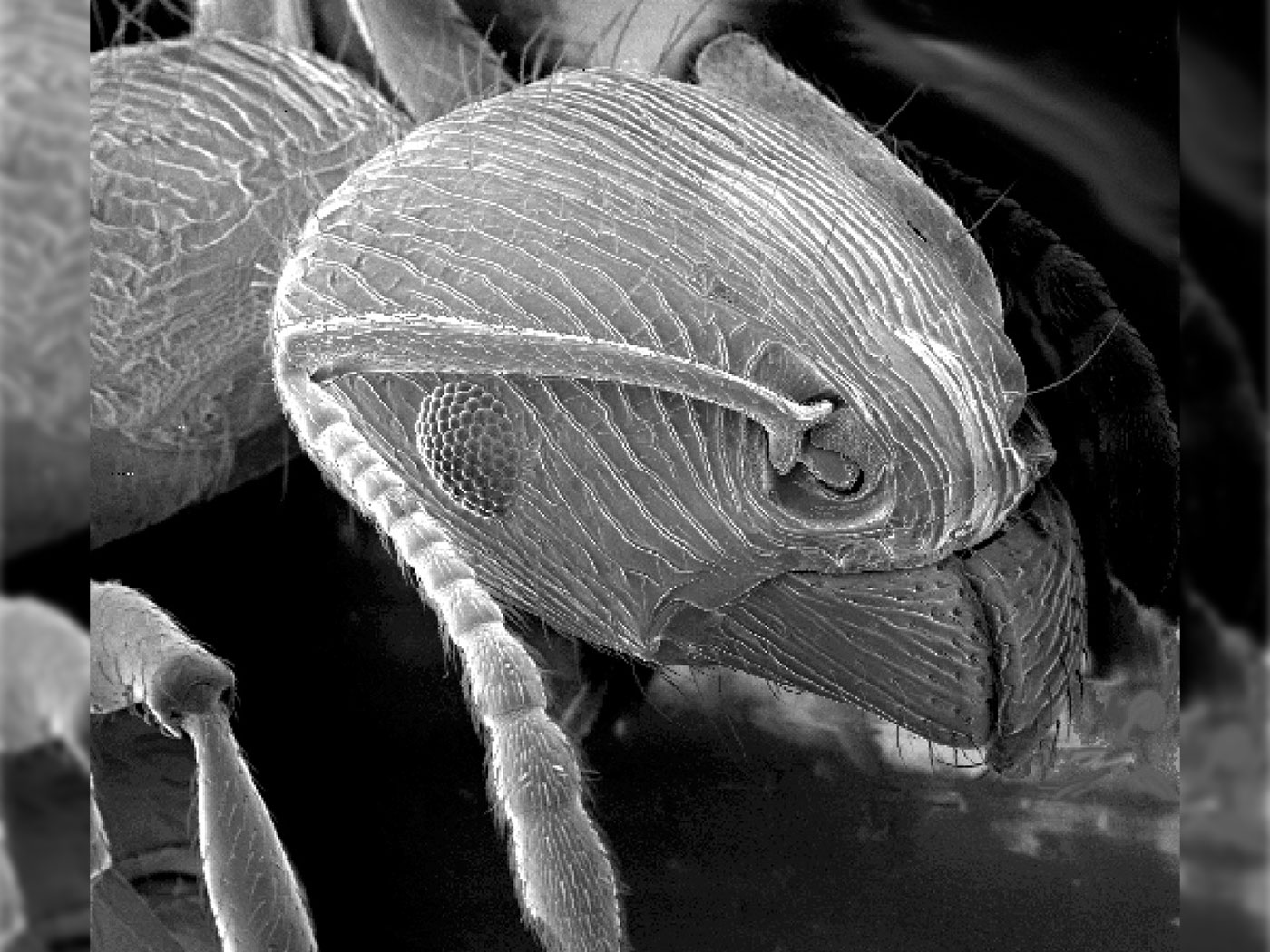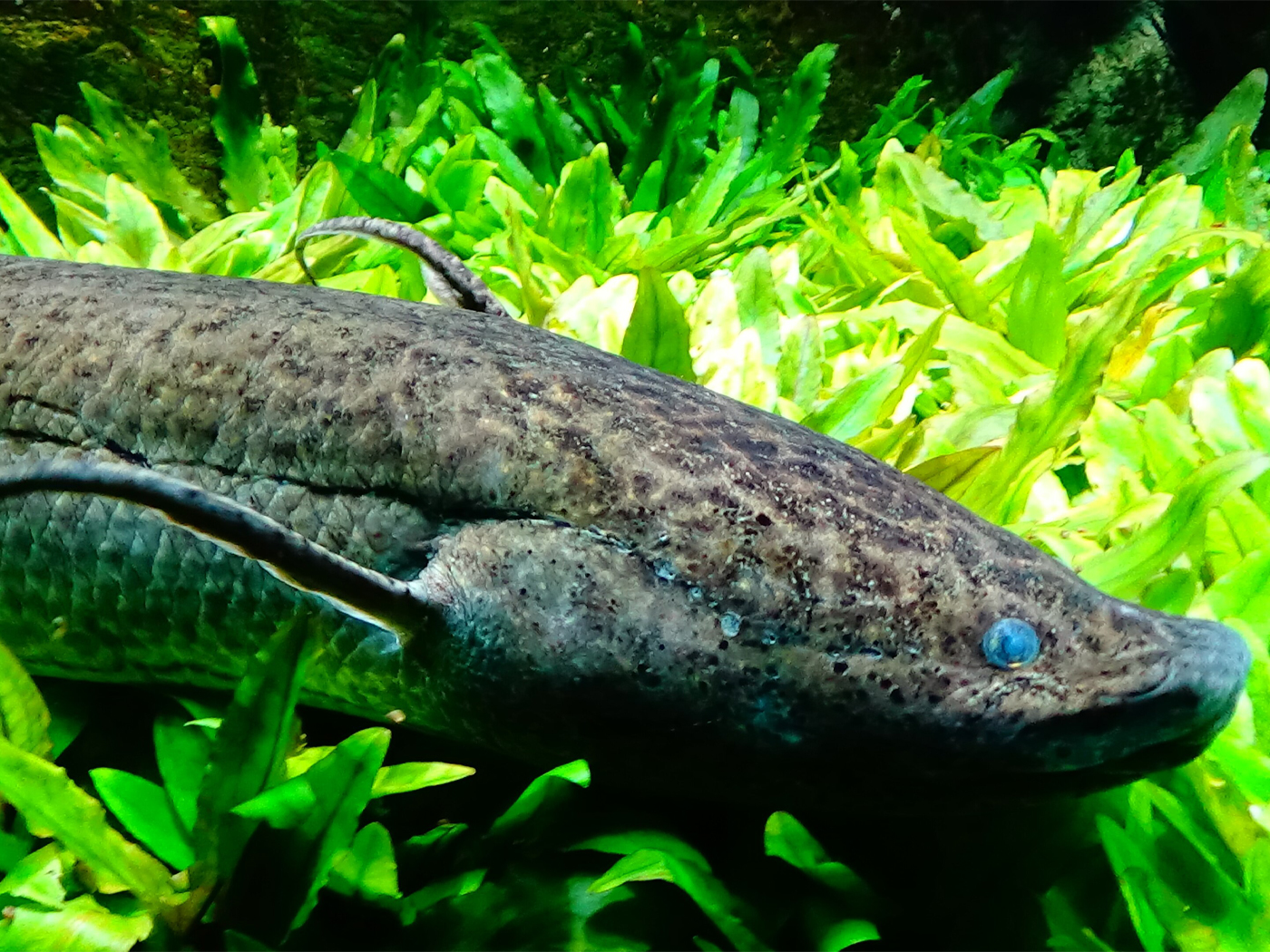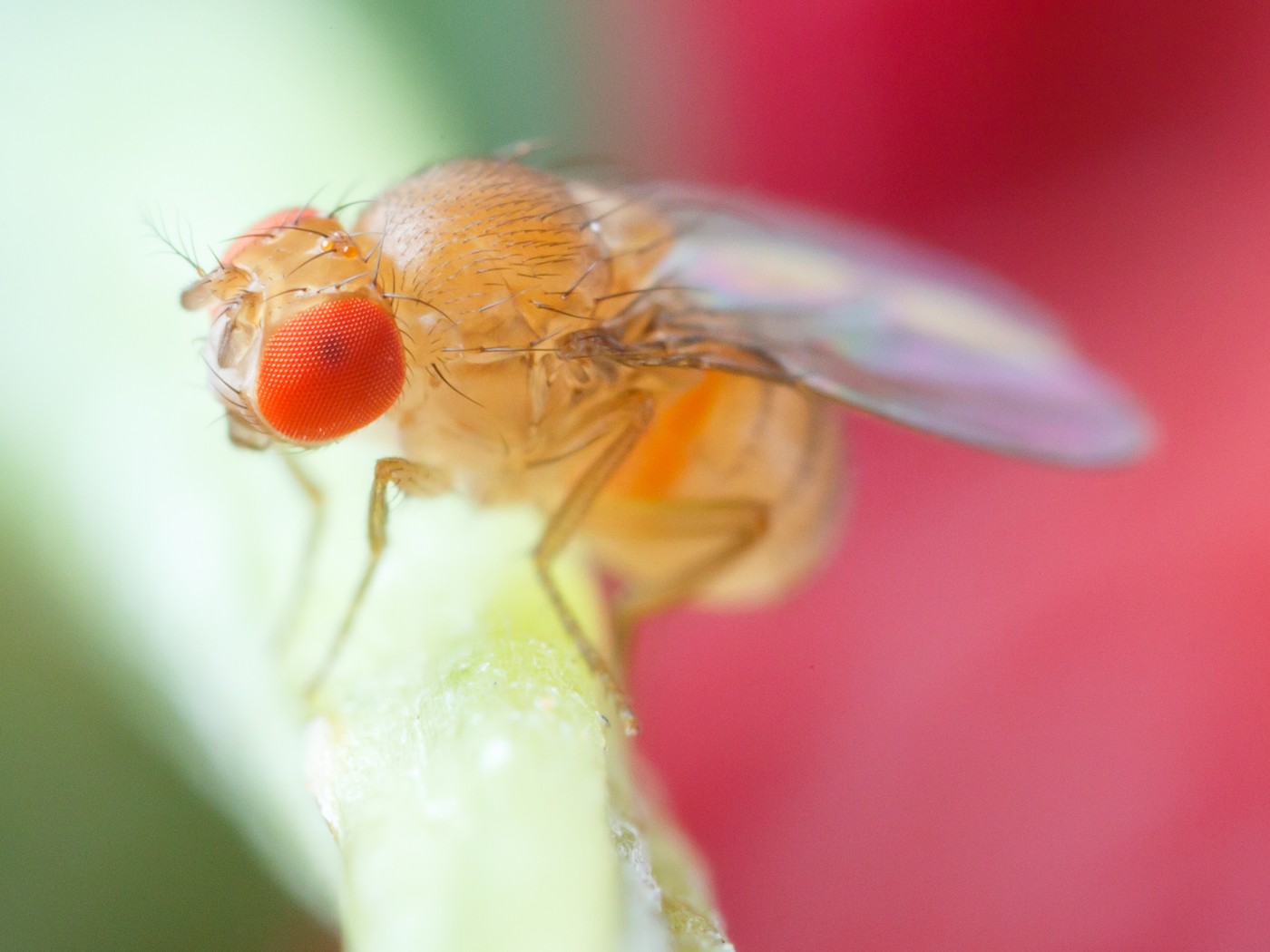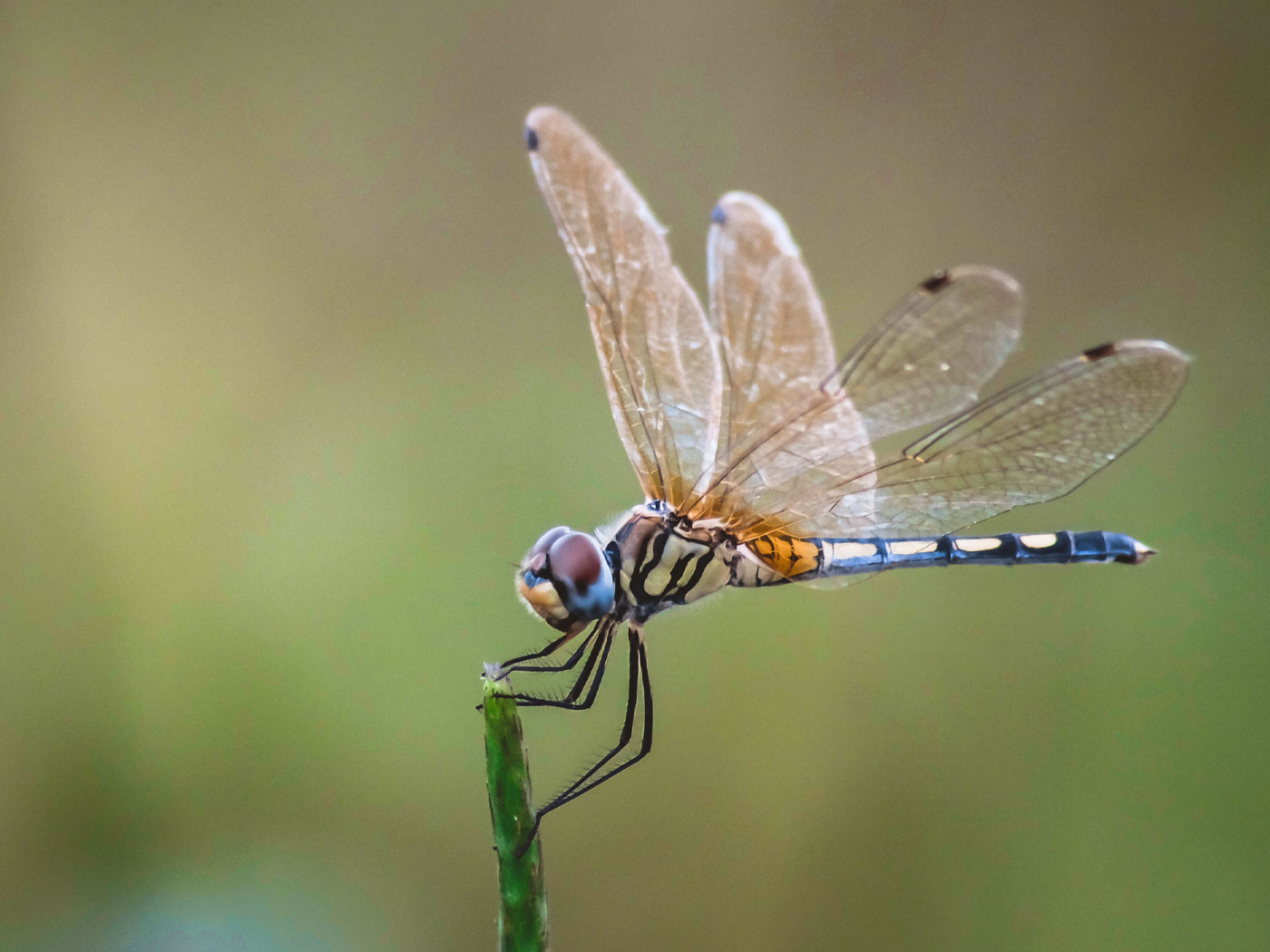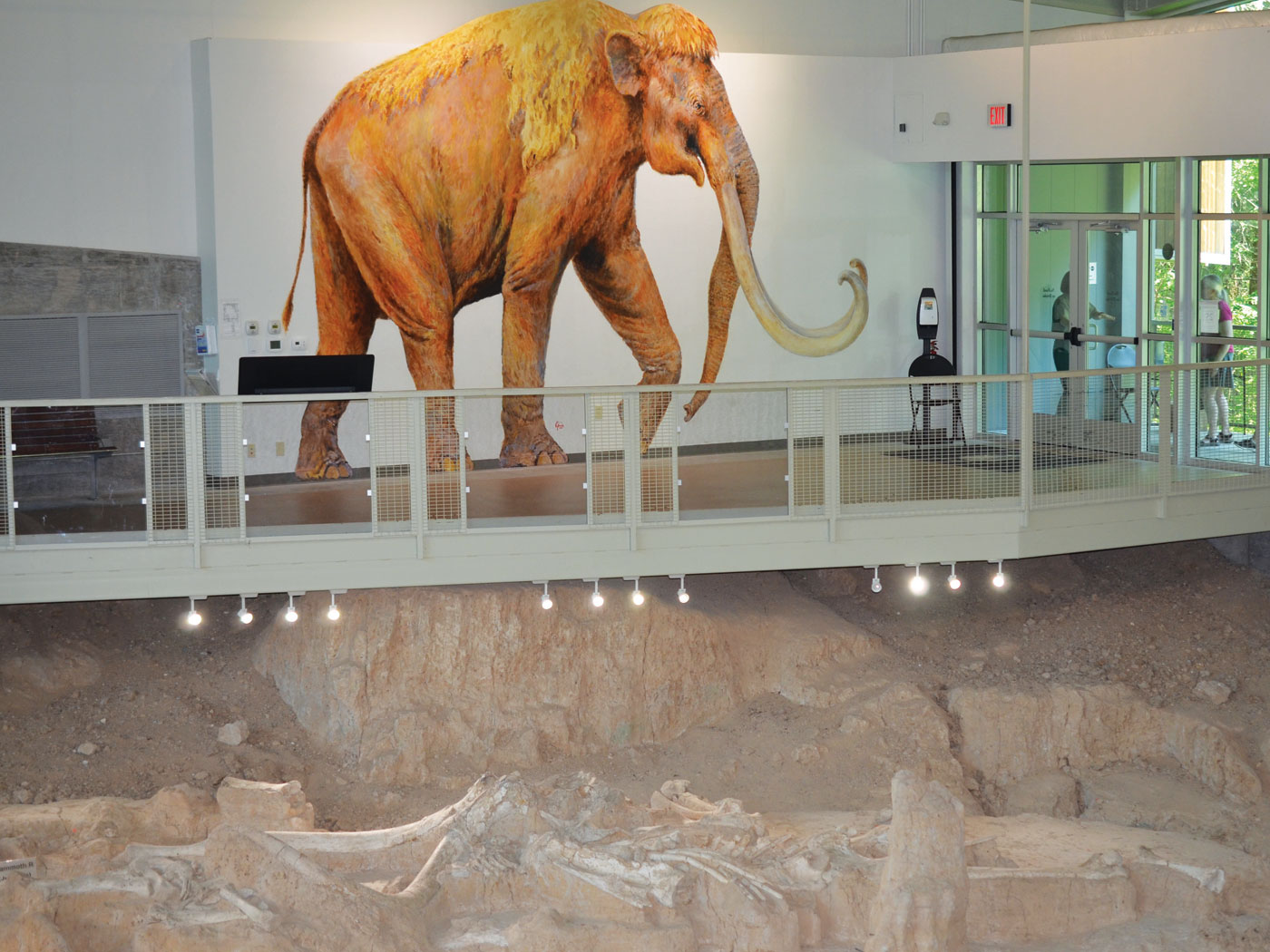Ghost Crabs Growl by Gnashing their Gut Teeth!
A recent science news video shows barium-marked fluoroscopy of a ghost crab’s gut teeth in action. The video reveals how that species of crab can control friction of its gastric mill teeth (i.e., teeth inside its digestive gut) in order to communicatively project growling noises.1 Gut teeth are well-known as components in crab digestive systems, since crabs (like lobsters and crayfish) have no teeth in their mouths.
"There are three main teeth—a medial tooth and two lateral teeth—that are essentially elongated, hard (calcified) structures," Jennifer Taylor, from the University of California, San Diego, told Newsweek. "They are part of the gastric mill apparatus in the stomach, where they rub against each other to grind up food."2
However, using gnashing crab gut-teeth to growl is a whole different matter!
Ghost crabs have teeth in their stomachs that they use to growl at one another with, scientists have discovered. This "unusual" communication system, researchers say, is used during aggressive interactions—similar to the way dogs growl during hostile encounters.2
The crustacean gut-growling had puzzled scientists who could hear the growling noises but could not account for where they were coming from.
[Jennifer] Taylor and colleagues noticed that Ocypode quadrata—the Atlantic ghost crab—produced a strange noise. “We could hear the crabs ‘growling’ at us, but we could not see how they were producing the sound,” she said. “After finding no external structures and movements that could produce the distinctive sound, we started to look internally.”2
To learn about internal moving parts as the crabs made growling noises, it was necessary to squirt some dilute barium into the crustaceans for fluoroscopy imaging via x-ray in a medical radiology unit.
Attempts were made to visualize movement of the gastric mill during aggressive behaviour using fluoroscopy. Five live crabs were imaged (Hologic 9900 OEC c-arm) in the Radiology unit at Hillcrest Medical Center, UCSD. Oral contrast (dilute barium) was administered to crabs through the buccal region using a syringe. To permit transmission of X-rays, crabs were recorded in a clear acrylic box (39 × 23 × 23 cm) placed on a table directly under the X-ray c-arm. X-ray imaging was processed at a rate of 15 frames s−1. Aggressive behaviour of crabs was induced by either approaching the crab with a net handle or adding a second live crab to the box. Video frames were examined for gastric mill activity using MicroDicom viewer.3
After solving the mystery, the scientists reported their discovery in Proceedings of the Royal Society B: Biological Sciences.3
The ghost crab, Ocypode quadrata … [performs] a novel stridulation apparatus on the claws that is used during agonistic interactions, but they also produce a rasping sound without their claw apparatus. … Acoustic characteristics of the sound are consistent with stridulation and are produced by both male and female crabs during aggressive interactions. Laser Doppler vibrometry localized the source of maximum vibration to the gastric region and fluoroscopy showed movement of the gastric mill that coincided with stridulation. The lateral teeth of the gastric mill possess a series of comb-like structures that rub against the median tooth to produce stridulation with dominant frequencies below 2 kHz. This previously undescribed gastric stridulation can be modulated and provide a means of assessment during aggressive interactions, similar to the use of the claw stridulation apparatus.3
In other words, the ghost crab is not limited to claw-rasping to make threatening noises, because in a tense encounter a ghost crab might need both claws to be free for a physical altercation. Being able to growl from its gut-teeth (which stridulate when the crab needs to make friction-based noises) provides a way for a crab to make threatening noises while keeping its claws free for physical confrontations.
The team looked at the behavior associated with the sound, and found it was produced by both males and females during aggressive encounters. "We only heard crabs make this sound during aggressive encounters," Taylor said. "It was most common when the crabs were attacking and striking with their claws. Most crabs readily attacked any object that came too close." ... Taylor said their claws appear to be helpful for communicating [such as by waving] to other crabs at a distance: "Perhaps to warn off competitors or other threats before they get too close. If a potential threat gets too close, then using the stomach apparatus could be advantageous because it allows the crabs to use their claws for fighting while continuing to communicate with sound."2
Because the researchers presupposed evolutionary assumptions, they were “extremely surprised to find ghost crabs [using] their stomach teeth for the purposes of communication”2—which demonstrates purposeful multitasking functions of the crab’s body parts and systems. But why should anyone be surprised to see providential multitasking inside ghost crab guts, or multitasking in any other creature that God has caringly invented?
Creationists are not surprised when multitasking is displayed in the amazing details of bioengineering systems.
Human inventors are routinely commended for devising versatile utility gadgets, like Swiss army knives that contain multipurpose features for accomplishing work in diverse contexts. Yet, consider how the human appendix helps the immune system as well as the digestive system. Consider also how the human ear provides hearing as well as our sense of balance. Noses both smell and breathe. Hair provides beauty while it simultaneously excretes toxins. Examples of God’s multitasking in human physiology are almost endless.4
God is the ultimate multitasker. Even humble ghost crabs exhibit this, as they growl from their guts, by scraping their gut-teeth together, to show how tough they are! What exquisite works of God’s creative hands these crabs are, illustrating what Moses called “the abundance of the seas, and of treasurers in the sand.”5
References
1. Staff writer. 2020. Listen to Ghost Crabs Growl at Predators with Teeth in their Stomach. WFAA.com/video. Posted on wfaa.com July 10, 2020, accessed July 15, 2020.
2. Osborne, H. 2019. Ghost Crabs have Stomach Teeth that They Use to Growl at Each Other. Newsweek.com. Posted on newsweek.com September 10, 2019, accessed July 15, 2020.
3. Taylor, J. R. A., M. S. DeVries, and D. O. Elias. 2019. Growling from the Gut: Co-option of the Gastric Mill for Acoustic Communication in Ghost Crabs. Proceedings of the Royal Society B: Biological Sciences. 286(1910): 1-8.
4. Johnson, J. J. S. 2017. Mechanical Multitasking on the Mayflower. Acts & Facts. 46(11): 21.
5. Deuteronomy 33:19.
*Dr. Johnson is Associate Professor of Apologetics and Chief Academic Officer at the Institute for Creation Research.





